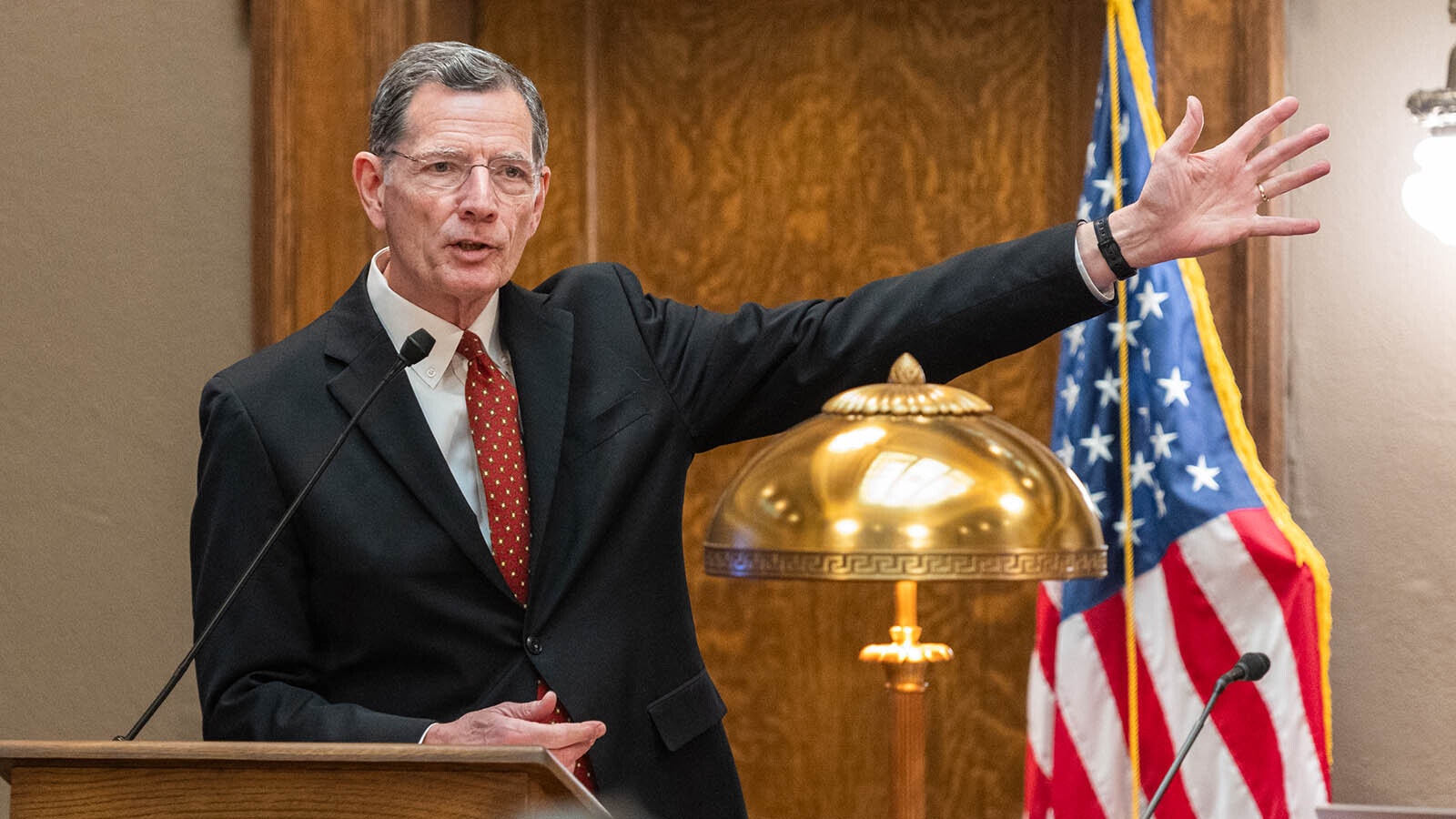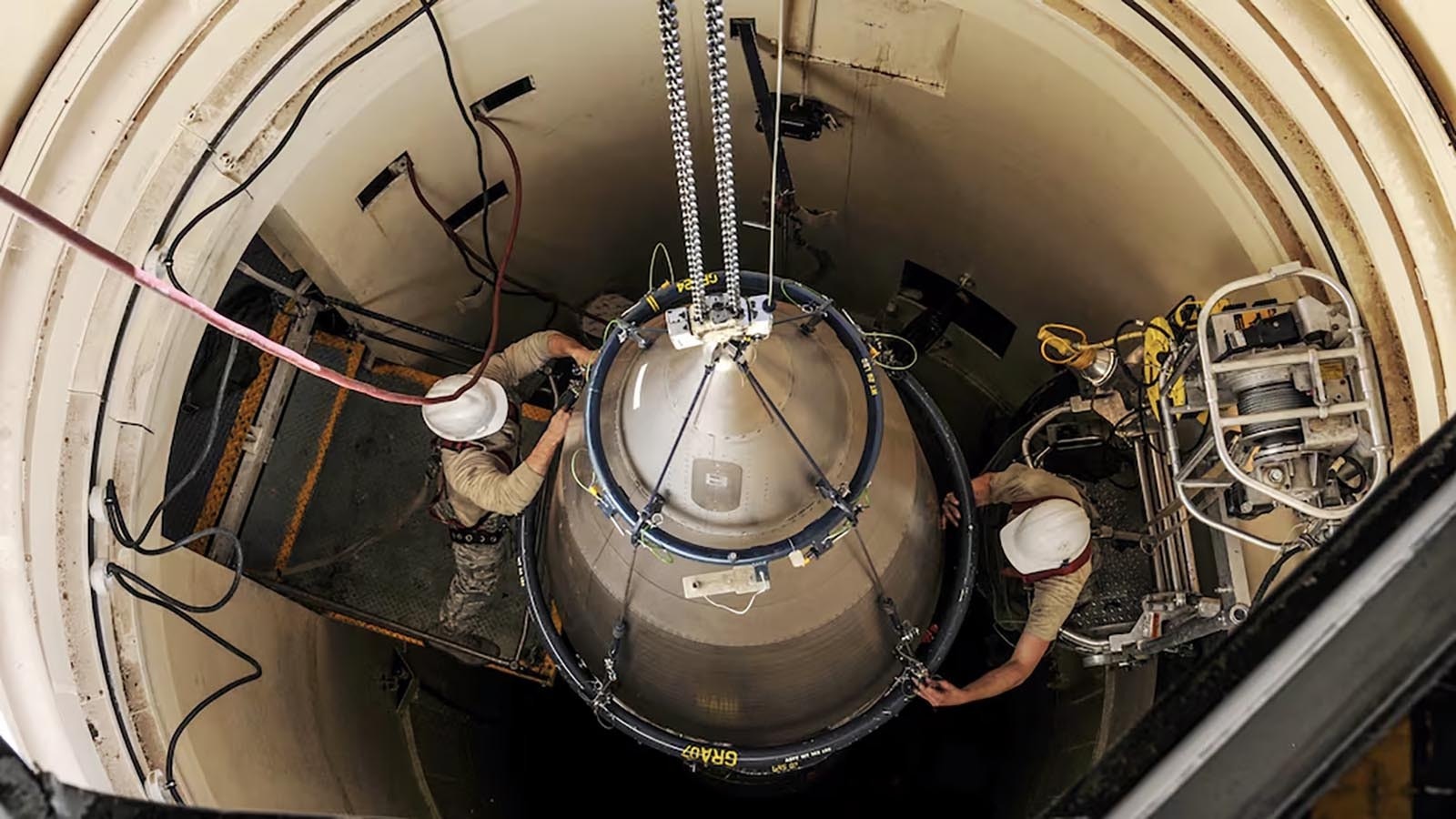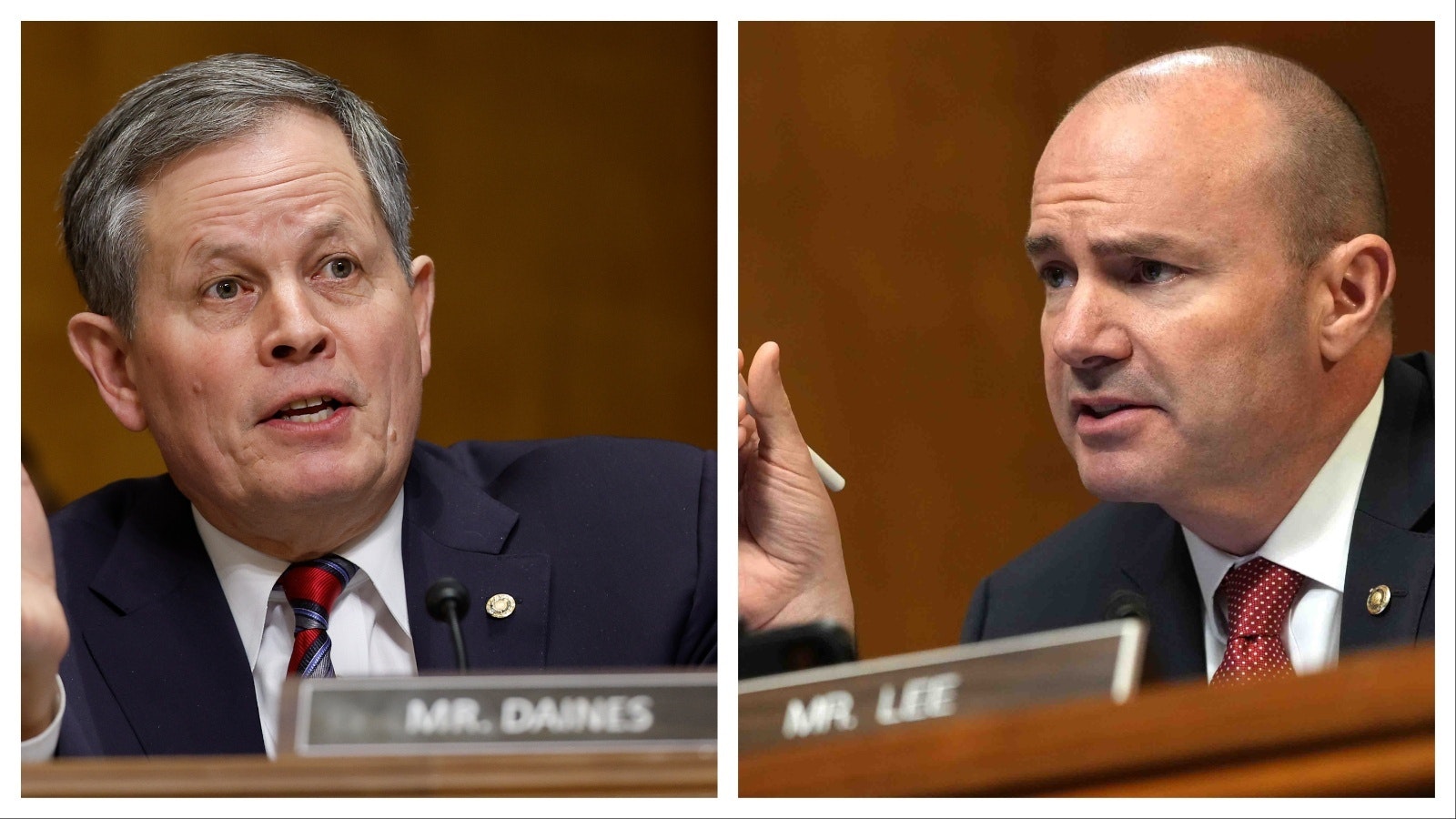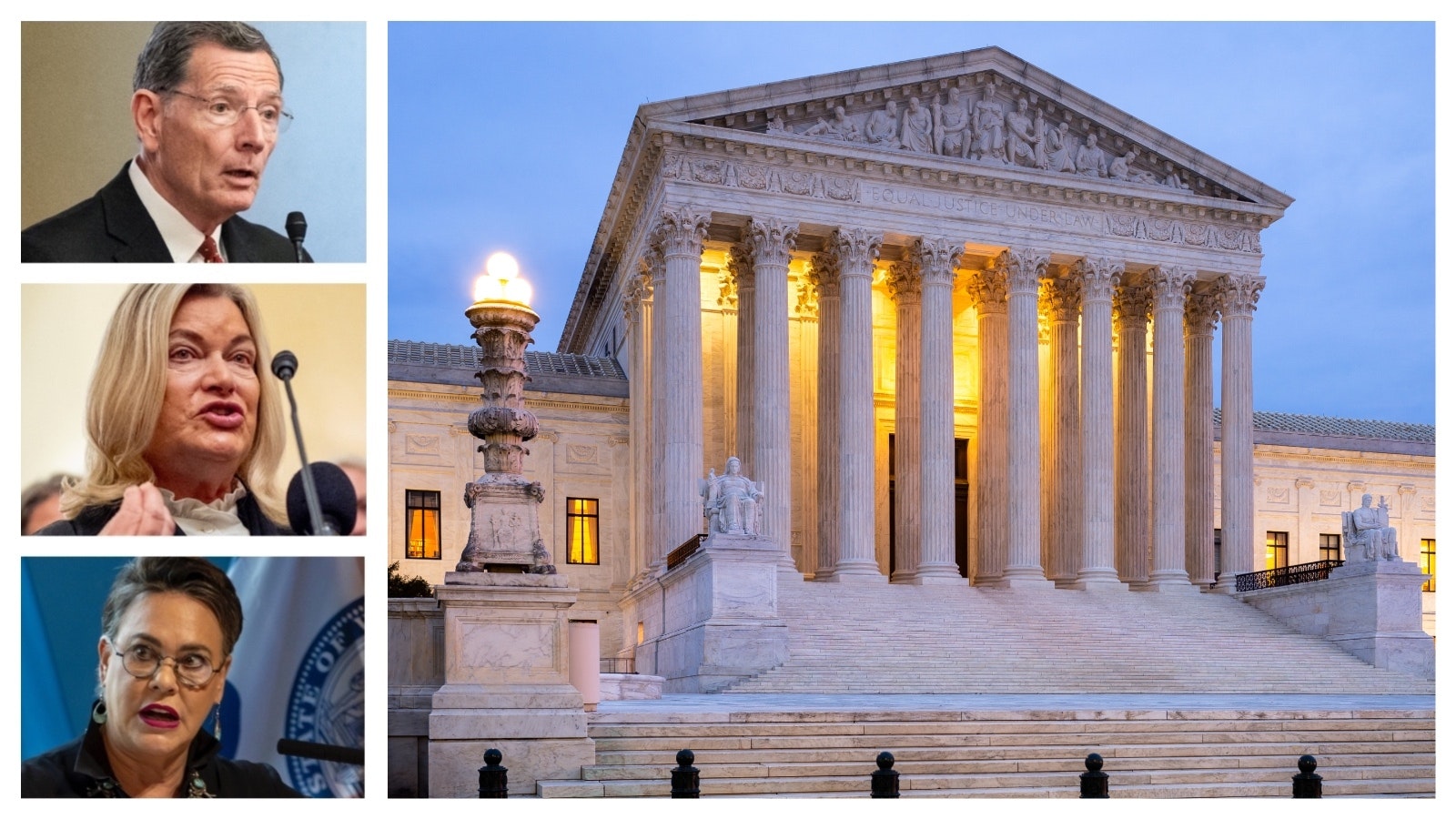Emotional pleas and personal anecdotes weren’t enough to sway the Joint Capitol Exhibits and Wayfinding Subcommittee on Wednesday to move a pair of sculptures honoring two important Wyoming historical figures out of the basement of the state Capitol.
Bronze representations of Esther Hobart Morris and Chief Washakie have been located in the Capitol Extension hallway since a recent renovation of the building after previously occupying prominent places outside the Capitol building for many years.
Hobart Morris was a leader in Wyoming’s suffrage movement, which eventually led to the Cowboy State becoming the first in the union to grant women the right to vote.
Washakie was a famous Native American chief who lived for about 100 years during the 19th century. He was a warrior, peace negotiator, friend of Brigham Young and leader of the Eastern Shoshone Tribe.
Cheyenne resident Peg Ostlund has been one of the most vocal proponents of moving the statues back to outside the Capitol building in Cheyenne. She told the subcommittee Wednesday she believes Wyoming’s decision to become the first state to pass universal suffrage is one of the most important in its history.
“It’s a symbol not only of equality and suffrage, the suffrage that marked Wyoming and the entire world mind you as the first entity to allow women to vote. That’s huge,” Ostlund said. “They were a symbol of our entire state of Wyoming, our values. And we put them out there in a big way.”

What Prompted The Statue Move?
The statues were initially moved inside during a $300 million Capitol renovation project that began about five years ago, but were never moved back outside when the work was completed in 2019.
In 2019, the Capitol Oversight Committee voted to keep Hobart Morris and Chief Washakie in the Capitol Extension hallway, which is to become a gallery and interpretive center in the future.
In late 2022, the State Building Commission, acting on a recommendation from the Capitol Interpretive Exhibits and Wayfinding Subcommittee, voted to keep Hobart Morris and Chief Washakie inside as part of that gallery. The Management Council also approved the decision.
The sculptures are located at the end of the hallway, a placement some like Ostlund argue dishonors their legacies.
She said the Hobart Morris sculpture represent “our proudest moment, our most lasting legacy. That was represented not just for kids, but for everybody by having her out in front of the Capitol for almost 60 years.”
Senate President Ogden Driskill, R-Devils Tower, told Cowboy State Daily last month he would like the Hobart Morris statue moved outside, which House Speaker Rep. Albert Sommers, R-Pinedale, indicated on social media he also would also support.
Educational Impact
Sen. Bill Landen, R-Casper, co-chair of the Joint Capitol Exhibits and Wayfinding Subcommittee, said he believes the statues are highlighted now more than ever where they are.
Wendy Madsen, who works on special projects for the Legislative Service Office, said plans came as early as 2015 as part of the Capitol Square Project to relocate them inside.
In 2015, an exhibit designer was hired by the Oversight Committee to decide how the visitor experience could be enhanced at the Wyoming Capitol.
Long-term preservation of the statues, a desire by the Chief Washakie sculptor to have his piece moved and a concern about overcrowding the Capitol grounds with too many statues played into the decision to move Washakie and Hobart Morris inside.
Proceeds from the sale of a coin commemorating the 150th anniversary of women’s suffrage in Wyoming in 2019 were used to pay the roughly $30,000 cost of resurfacing of Hobart Morris last year. Wyoming State Museum Director Kevin Ramler said this type of maintenance should happen every three to five years and that this type of upkeep was not happening on the Hobart Morris statue.
“Three to five years turns into 50 very quickly,” said Kristi Racines, committee co-chair and state auditor.
Ostlund said an occasional $30,000 cost pales in comparison to the price tag of the $300 million Capitol renovation.
In the grand scheme of things, Hobart Morris “was overlooked,” she said.

A Larger Picture
The largest consideration of all for the move, Madsen said, was the incorporation of the statues into student tours.
The exhibit designer recommended moving a school bus drop off location at the Capitol from the south to the north side of the Capitol grounds, thereby limiting students’ exposure to the statues that were located outside the south entrance.
But even when the statues were outside, Madsen said students didn’t receive interpretation about the sculptures, who they represent and why they’re important.
“The oversight group wanted those statues to be moved to a more prominent location that could be part of the school tours,” she said. “That was a huge goal of the oversight group is that those two statues get interpretation.”
Now, student tours start at the two sculptures, allowing children to take time to appreciate the subtle nuances of their designs, such as Washakie’s feathers, in a controlled and comfortable environment.
“The students are very excited about the statues because they learn about those two figures in Wyoming history,” said Riana Davidson, the Wyoming Legislature’s Visitor Services Manager. “They like to see the details up close.”
Although Cheyenne resident Susan Garrett said she supports educating students, she still believes Hobart Morris needs to be “in the sunshine.”
“At a time we are struggling with equality as much as we are in the state of Wyoming, I think it’s even more important,” she said.

Placement
Landen said the subcommittee should recommend to the State Building Commission to move the statues to the middle of the Capitol Extension hallway to finalize its gallery and interpretive center plans.
The placement would give the statues better lighting and prominent exposure under skylights that open up to the middle of the Capitol grounds.
Racines stressed the state must consider developing a curation policy for all infrastructure changes made at the Capitol. Statutorily, she said the Capitol is shared by the legislative and executive branches of state government. Under state law, no changes can be made to its architecture by the executive branch without legislative approval, unless in an emergency.
Racines mentioned various vestiges rediscovered during the Capitol restoration such as a chandelier in an attic and the entire floor of the historic Supreme Court chambers.
“There were changes made to this building over the course of time, by one branch of the government or the other, without proper input and without proper vetting,” Racines said.
Davidson said roughly 80,000 people have visited the Capitol since its grand re-opening in 2019. In May 2022 alone, 700 students visited the Capitol.
Racines recommended that those who testified for the statues to be moved outside on Wednesday to serve as volunteer tour guides for the state, a role she has served in herself.
“It was enlightening to me,” Racines said. “It was really important.”





